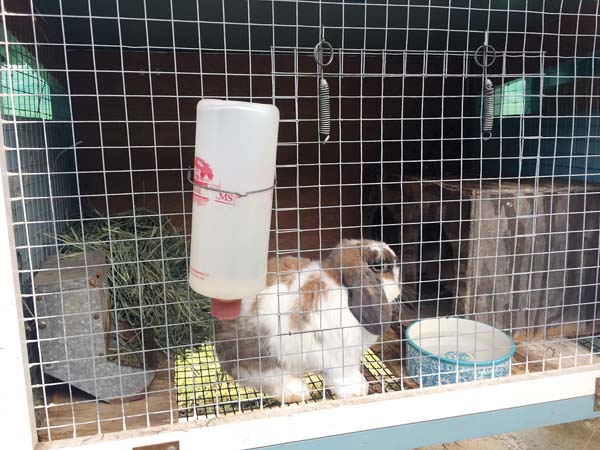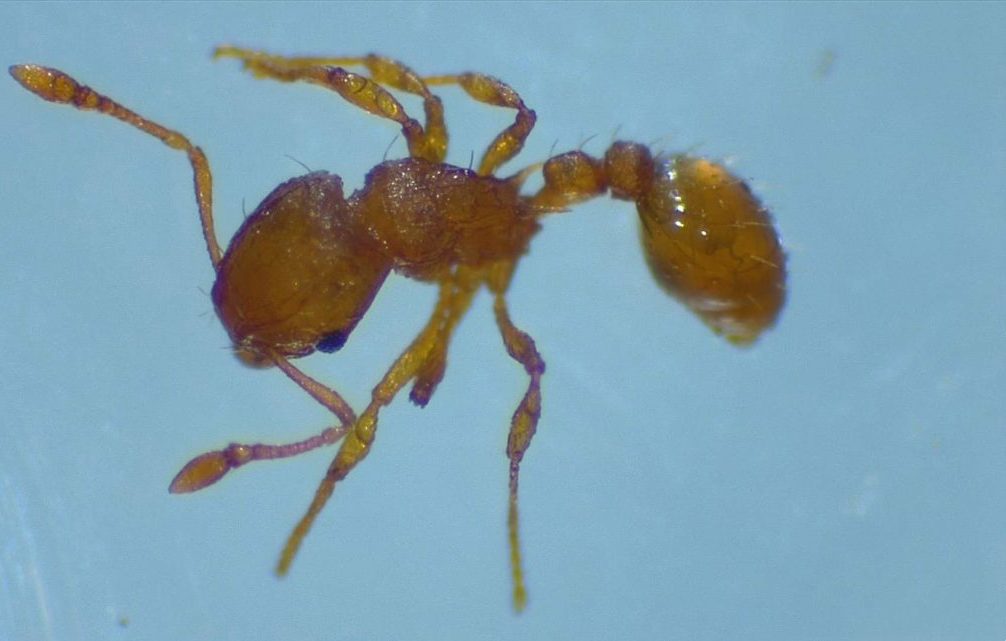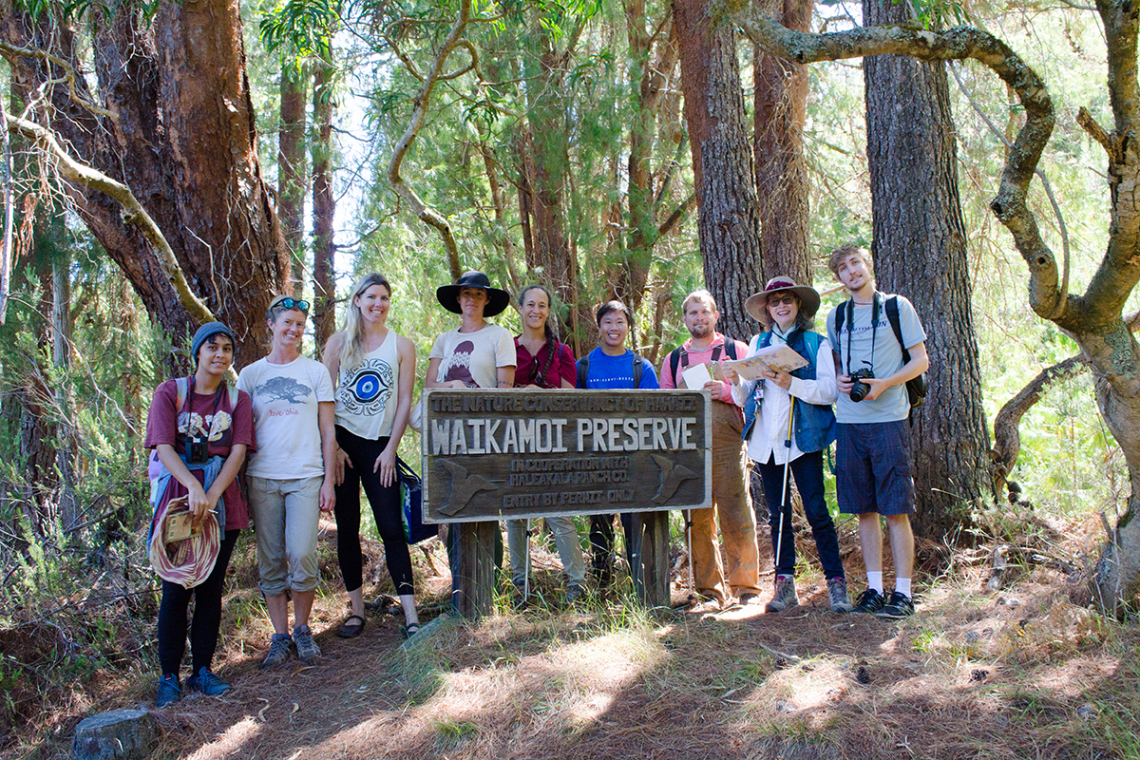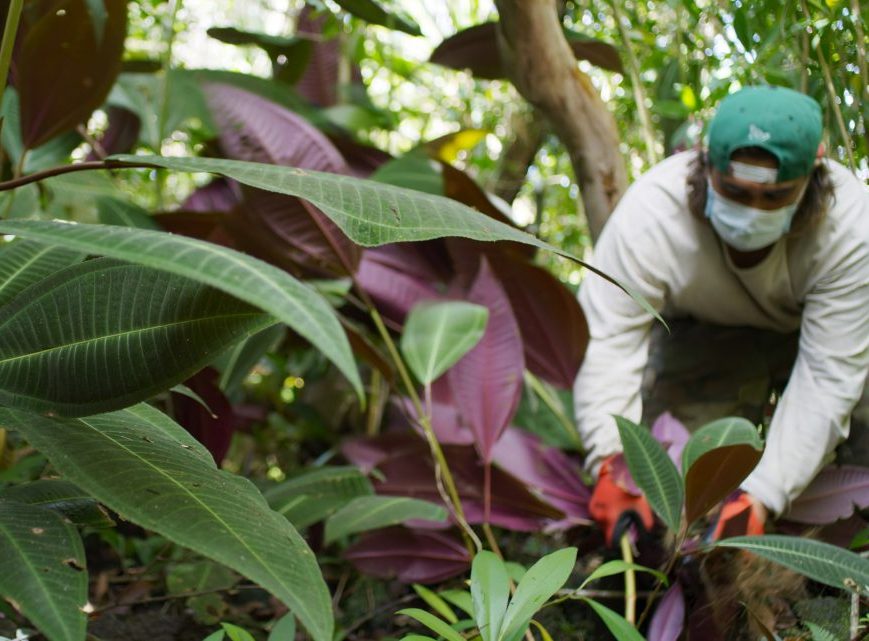One of the rarest birds in the world may soon fly through the remote, forested slopes of Maui. The ʻalalā,…
Read More
2022
New rabbit disease discovered on Maui
In June of 2022, the Hawaiʻi Department of Agriculture (HDOA) alerted the public that tissues submitted by a practicing Maui…
Read More
New invasive little fire ant population discovered in Haʻikū
In late August, the Maui Invasive Species Committee (MISC) received a report of stinging ants in Haʻikū, via the Statewide…
Read More
Maui Invasive Species Committee Hosts Teacher Development Workshop Over Fall Break
The Maui Invasive Species Committee (MISC) is holding a teacher development workshop for K-12 teachers and environmental educators on October…
Read More
Click Here To Register For the PBS Virtual Screening And Panel!
Maui conservation efforts featured in new BBC Studios Series, The Green Planet In the summer of 2021, a BBC film…
Read More





